Zeiss 50mm f/1.4 Milvus ZF.2
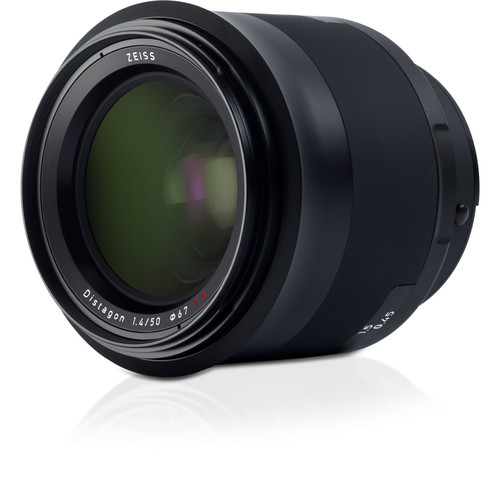
Introduction
This is nearly the top of the line of Zeiss lenses in the popular 50mm size. And Zeiss is the top of the line name for lenses so this is the top of the top, the dream lens. Only the Otus seris of Zeiss lenses is better and costs an order of magnitude more.
When I am going to shoot a portrait I reach for this lens first and often only. When I am going to shoot model trains and I want crisp photos, deep depth of field from stopped down images, I reach for this lens first and often only. When I don't know what I am going to see, just walking around, I reach for this lens first and often only. Do you see a trend here? This is the final chapter is great 50mm lenses.
This lens was built to be used at every aperture, not just some token range. The built quality it also over the top.
Specifications
The lens is setup with 10 elements in 8 groups. Of those, four are low-dispersion elements and one is aspherical.
Maximum Aperture: f/1.4
Minimum Aperture: f/16
The diaphragm has 9 blades, producing creamy bokeh with smoothly defined, round and oval-shaped points of light. Wide-open you can turn the oval into sort of a football shape.
The lens is strictly manual focus.
Construction
Made out of solid metal and glass this lens is a tank. It is built to be dust-proof and splash-proof. It was not built to be nice to your forearms as lugging this thing on a camera all day is something you will notice. It feels like a brick.
The focus ring has a texture-less rubber grip on it. This approach is highly unusual and at first I found my hand unsure if I was touching the focus ring or the main barrel. I got over it and got used to it, but this is still an oddity of the newer lens lines from Ziess. This truly seems like a selection to make the lens look sleek and pretty instead of functional.
The provided, solid metal lens hood is lined with felt to further reduce any bouncing light rays and itself weighs as much as some cheap, plastic lenses I have. When installed on the lens it adds to its sleek look. I have no problems accessing the lens cap with the lens hood on so it lives on the lens all of the time at my house.
ZEISS T* anti-reflective coating has been applied to each lens surface to help minimize reflections and provide greater contrast and color fidelity. Having one element with some coating is great, but all of them is the kind of over-the-top product you can only get with Zeiss. This coating makes for sharp, sharp photos.
There is a lock on the aperture ring to keep it in f/16, which is important as it has an electronic chip so the lens can talk to the camera body permitting the aperture to be set electronically. This only works with the lens set to its smallest aperture (f/16).
This aperture ring can also be de-clicked for those who shoot videos and want to have a smooth, flowing transition from aperture to aperture. There is a small tool in the box to perform this operation. I do not know if this process is reversible.
Performance
Consistently good edge-to-edge sharpness at all apertures, and minimal distortion. This is because the Distagon optical concept affords high sharpness and contrast from edge-to-edge, along with very low field curvature. In other words, this lens was built to deliver and it hands out quality images no matter how you use it.
Color rendition is accurate but not as rich as a Voigtländer. There is some fringing when used wide open, but you really have to setup a circumstance to produce it. You will not notice this problem for portraits and 99.9% of everything you will ever point at with your camera.
I can see a wee bit of barrel distortion, but that is eliminated through good tools like DxO products which have the data about how to correct for such issues automatically for you.
Is this the best 50mm lens ever? Well, Zeiss makes one better, the Otus 50mm f/1.4, which corrects the negligible distortion of the Milvus line. For me, and 99.9% of the world, this tiny optical improvement (which can be easily corrected in software) is not worth it. I will argue that overall, for the price/performance ratio, this is the best there is. It is at least the best one ever made to natively work on Nikon if it isn't the best one for all cameras ever.
I absolutely adore this lens. I am happy to look past its weight and kooky smooth design.
I get sharp images at every f-stop. Every single one. All of the time. This lens is crazy, crazy good.
The high-end build quality combined with the stellar image quality means that although this is a very expensive lens, it will last you for your lifetime. Camera bodies will come and go but you will keep using this lens for decades.
Alternatives
It is hard to name something that is in the same league as this 50mm lens. There is another similarly high-quality Zeiss 50mm f/.4, the Planar version, which is cheaper and lighter while having a cooler retro look going on, but it is not THE Milvus. That Planar is more affordable but not as optically precise as the Milvus.
As I discussed above, the Otus 50mm f/1.4 is out there, costing thousands and thousands of dollars, for a tiny, if perceivable, optical improvement, but adding more weight for your added price.
The colors from a modern Voigtländer is better and they do make a native fast 50mm for Nikon. There is a 50mm f/1.2 but it is sadly not available in a Nikon mount. That lens might be an option if you shoot Sony, but I am Nikon-F mount here so that lens isn't an option.
Examples
Following are some sample photos to demonstrate the power of this type of lens and some general uses which will likely yield good results. If you shoot things like these, then this lens may be a good one to think about adding to your camera bag.
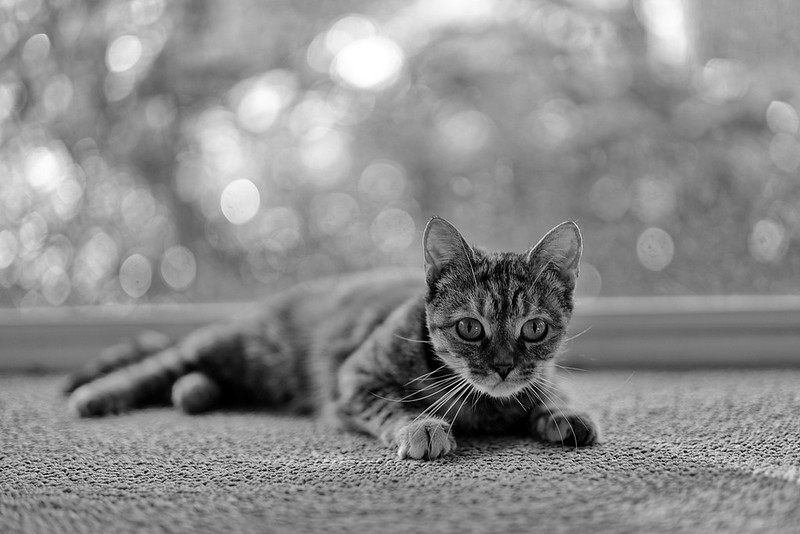
The BW cat photo above was shot wide-open and you can see a little bit of that football shaped bokeh.
The image below is also shot wide open but the reflected light didn't have any bright spots so the background is creamier in comparison.
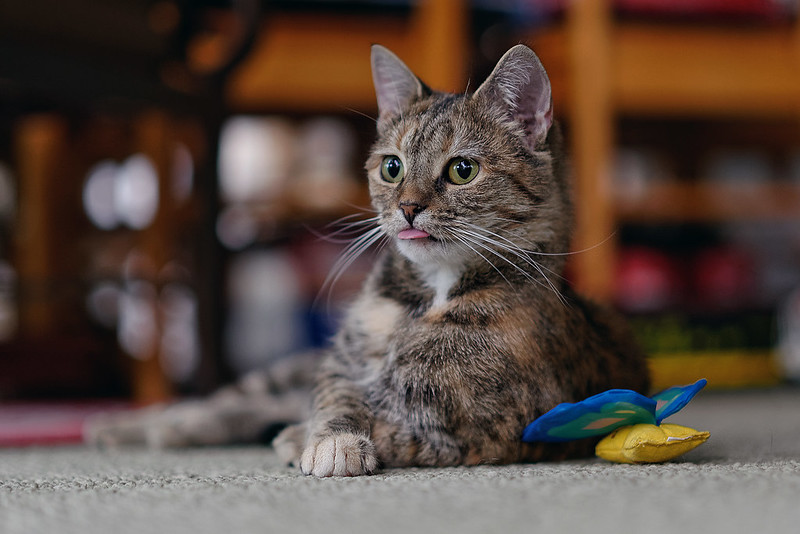
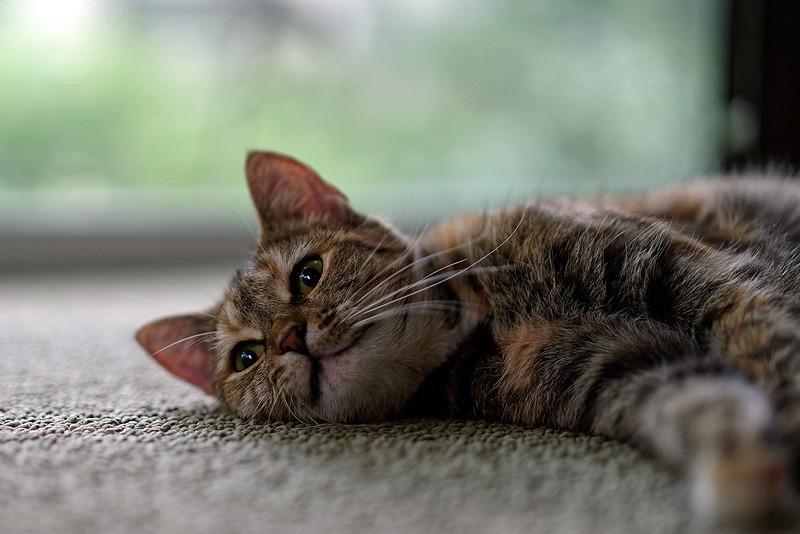
The above and below images are still wide open but that football shape in the bokeh isn't present. You have to find sources of light, not just reflected light to cause that pattern to happen.
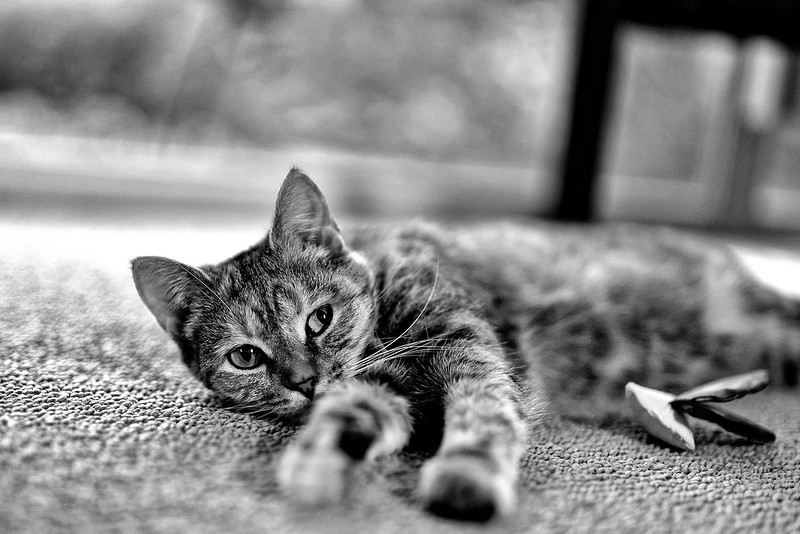
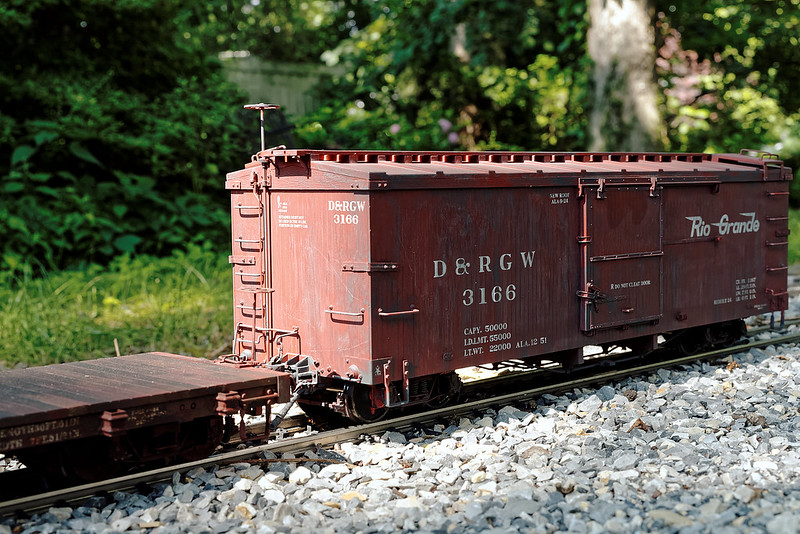
In the examples above and below I have photographed some model trains. My goal was to maximize depth of field, to reduce things look like a model, but that doesn't mean I always want a crisp background. Shot at f/16 things are sharp, there is mighty fine contrast at play and the bokeh looks great to help hide the face that the background is not entirely to scale.
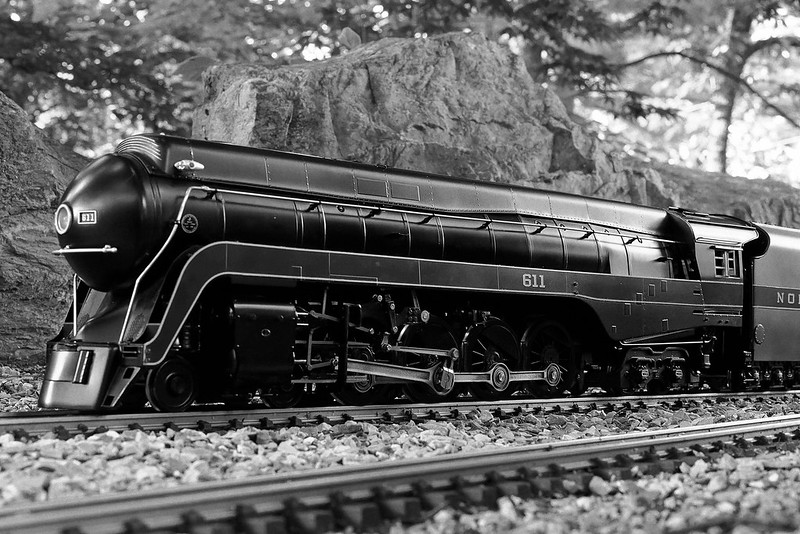
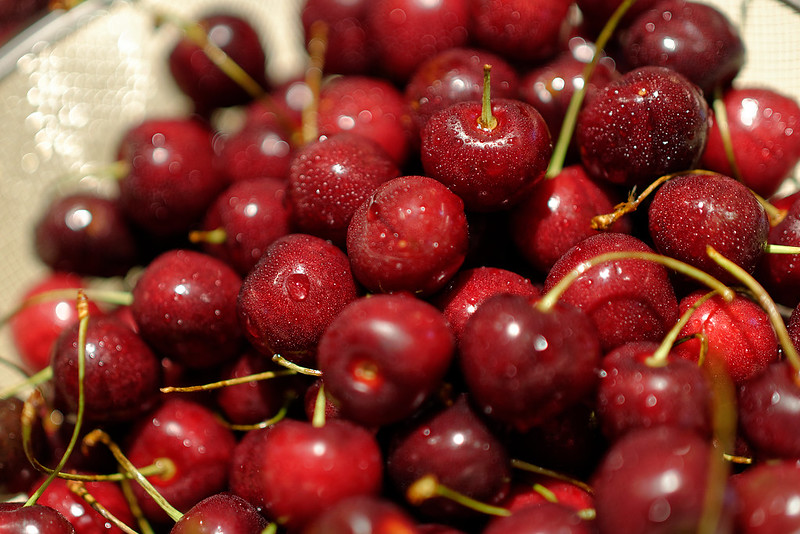
I didn't plan the last two photos to be so red, but they are and they do exhibit some nice bright colors this way. While not a macro lens the above photo is close enough and the lens could allow you to get even closer.
The bottom photo, shot at the odd f/7.1 aperture, shows a middle-aperture and well-controlled depth of field.
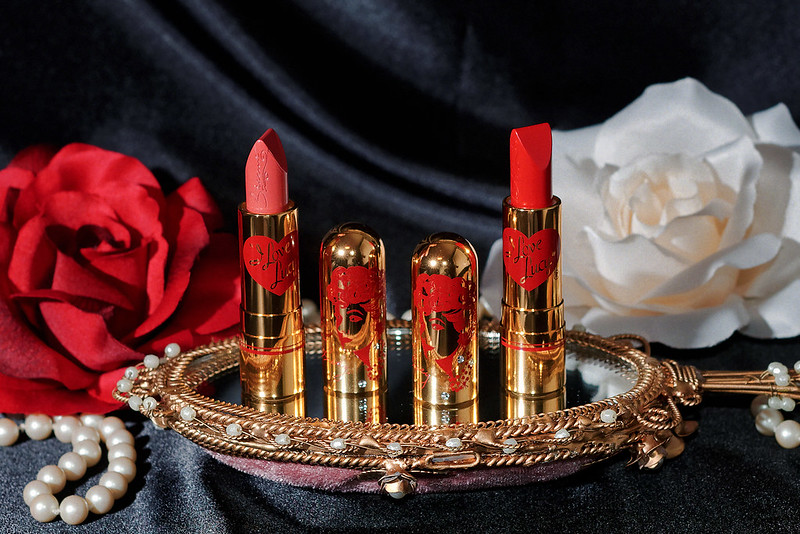
Check out more photos I have shot with this lens in my Flickr Album.